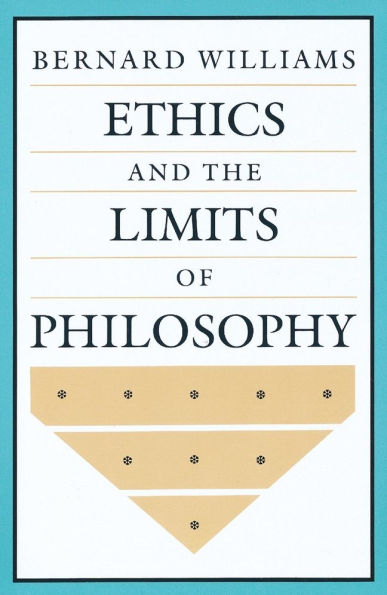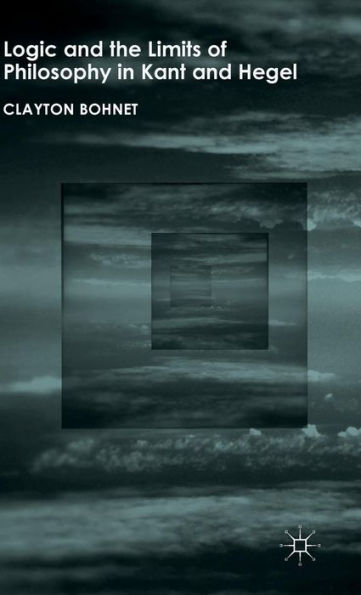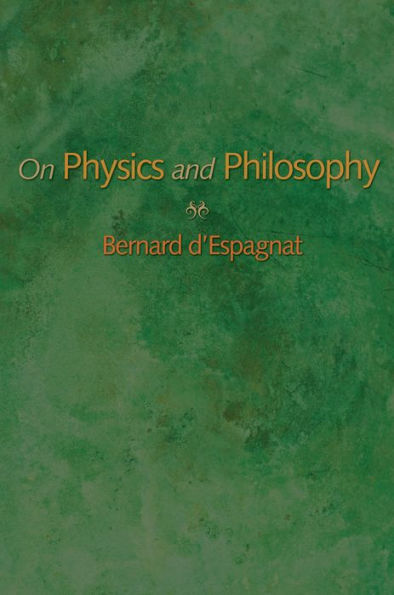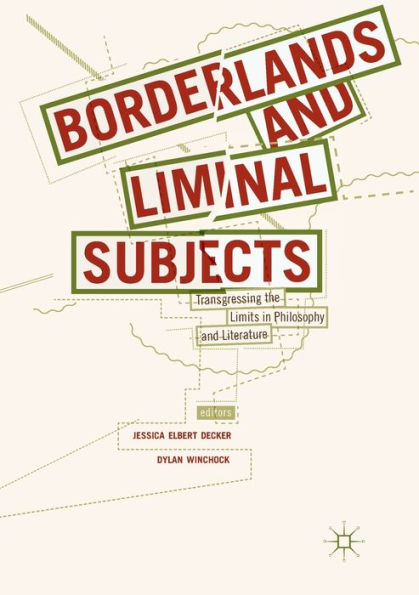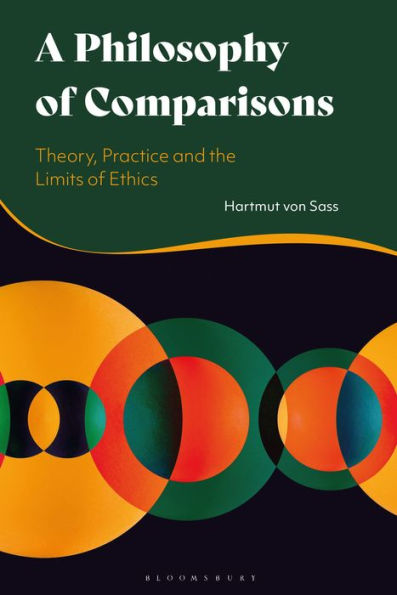Home
Physics To Philosophy And Back: A Search For The Limits Of
Barnes and Noble
Loading Inventory...
Physics To Philosophy And Back: A Search For The Limits Of
Current price: $78.00
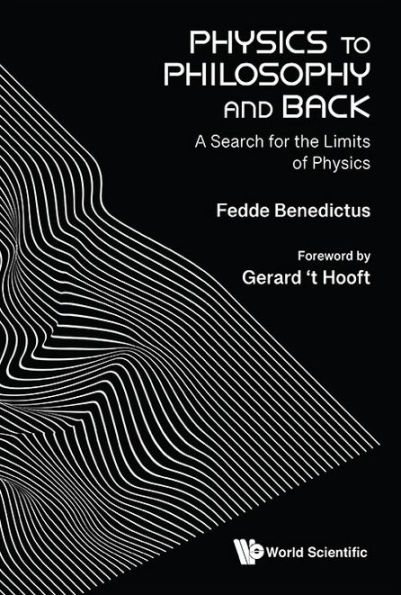
Barnes and Noble
Physics To Philosophy And Back: A Search For The Limits Of
Current price: $78.00
Loading Inventory...
Size: Hardcover
*Product information may vary - to confirm product availability, pricing, shipping and return information please contact Barnes and Noble
What do we really know about the world? Physics utilizes complex equations to avoid having to answer philosophical questions like this. Consider, for example, the fact that the motion of particles is described in terms of straight lines, while any line that we can actually draw is never perfectly straight. Working physicists adopt many of such presuppositions, rarely stopping to question the correspondence between physical equations and reality. This has resulted in the common misconception that there is a clear divide between Newton's 17th century physics and that of Einstein's on account of different mathematical descriptions. However, if equations do not always represent reality, what can they tell us about reality? This book focuses on some of the philosophical problems underlying all theories in physics, such as the nature of time (is time just 'that which is measured by a clock' or is it more than that?). It may seem as if these problems were more or less solved in the three-and-a-half centuries that have passed since Newton's time. But the philosophical 'open ends' were the same for Einstein and remain the same to this day. Philosophy and physics are two sides of the same coin.Filled with personal anecdotes and amusing examples, this book provides the perfect introduction to the topic for readers with a non-scientific background. It also enables the reader to come to their own informed conclusion about the relation between physics and the reality in which we live.
What do we really know about the world? Physics utilizes complex equations to avoid having to answer philosophical questions like this. Consider, for example, the fact that the motion of particles is described in terms of straight lines, while any line that we can actually draw is never perfectly straight. Working physicists adopt many of such presuppositions, rarely stopping to question the correspondence between physical equations and reality. This has resulted in the common misconception that there is a clear divide between Newton's 17th century physics and that of Einstein's on account of different mathematical descriptions. However, if equations do not always represent reality, what can they tell us about reality? This book focuses on some of the philosophical problems underlying all theories in physics, such as the nature of time (is time just 'that which is measured by a clock' or is it more than that?). It may seem as if these problems were more or less solved in the three-and-a-half centuries that have passed since Newton's time. But the philosophical 'open ends' were the same for Einstein and remain the same to this day. Philosophy and physics are two sides of the same coin.Filled with personal anecdotes and amusing examples, this book provides the perfect introduction to the topic for readers with a non-scientific background. It also enables the reader to come to their own informed conclusion about the relation between physics and the reality in which we live.


